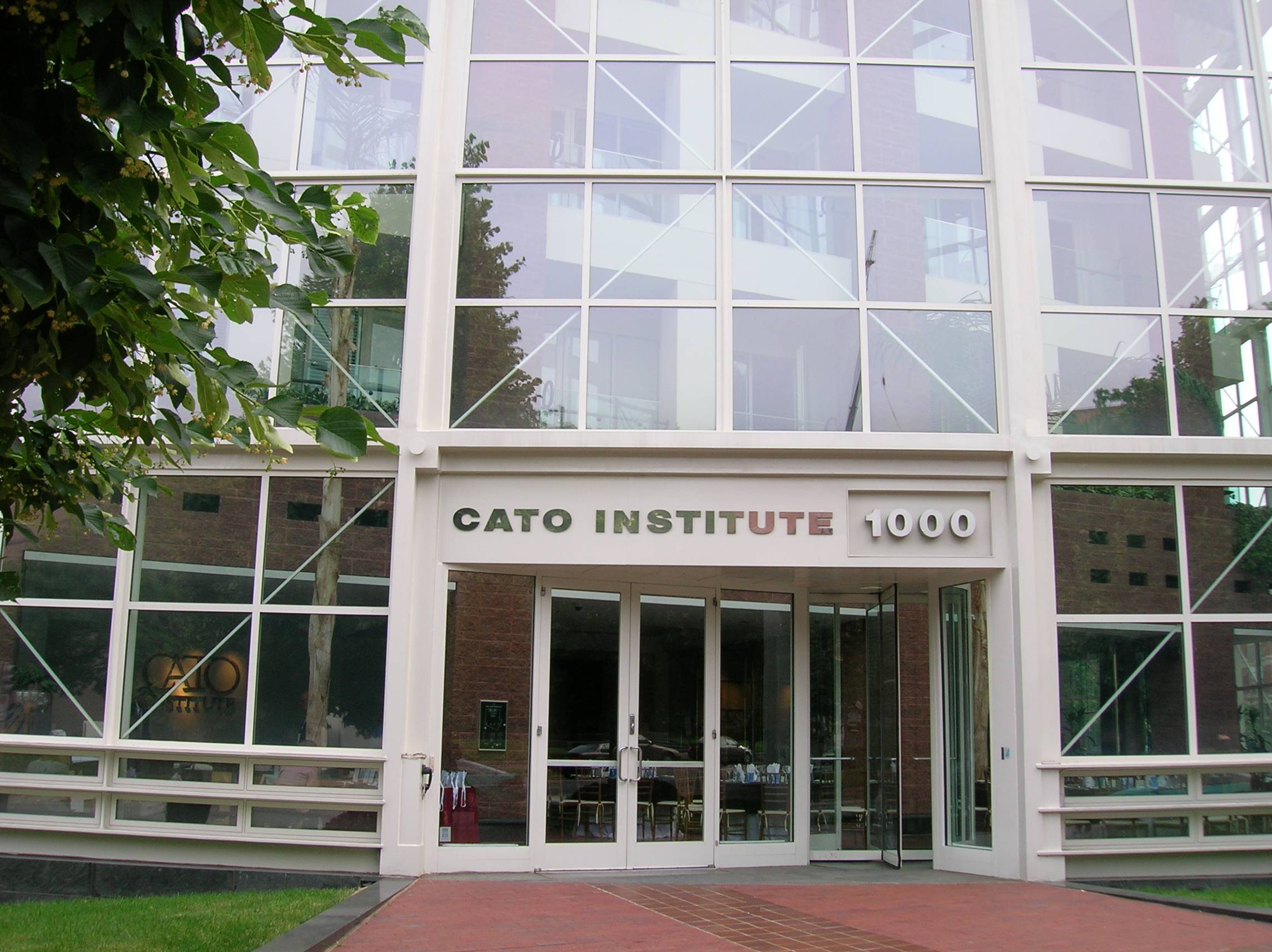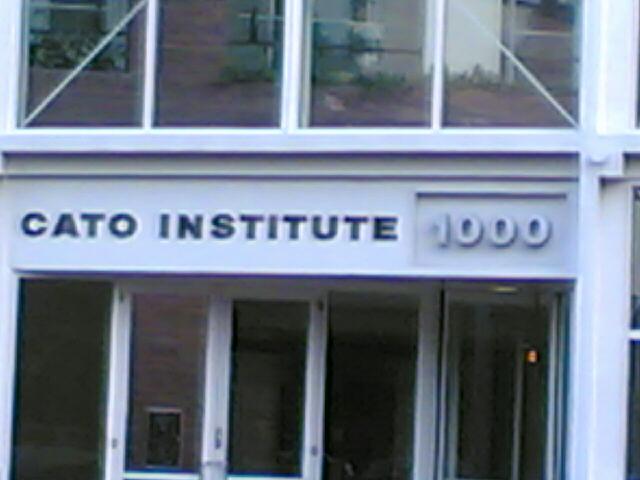Redacted Version of the December 2016 FOMC Statement

==================================================================
| November 2016 | December 2016 | Comments |
| Information received since the Federal Open Market Committee met in September indicates that the labor market has continued to strengthen and growth of economic activity has picked up from the modest pace seen in the first half of this year. | Information received since the Federal Open Market Committee met in November indicates that the labor market has continued to strengthen and that economic activity has been expanding at a moderate pace since mid-year. | FOMC shades GDP up. |
| Although the unemployment rate is little changed in recent months, job gains have been solid. | Job gains have been solid in recent months and the unemployment rate has declined. | Shades up their view on labor. |
| Household spending has been rising moderately but business fixed investment has remained soft. | Household spending has been rising moderately but business fixed investment has remained soft. | No change. |
| Inflation has increased somewhat since earlier this year but is still below the Committee’s 2 percent longer-run objective, partly reflecting earlier declines in energy prices and in prices of non-energy imports. | Inflation has increased since earlier this year but is still below the Committee’s 2 percent longer-run objective, partly reflecting earlier declines in energy prices and in prices of non-energy imports. | Shades their view of inflation up. |
| Market-based measures of inflation compensation have moved up but remain low; most survey-based measures of longer-term inflation expectations are little changed, on balance, in recent months. | Market-based measures of inflation compensation have moved up considerably but still are low; most survey-based measures of longer-term inflation expectations are little changed, on balance, in recent months. | No change.? TIPS are showing higher inflation expectations since the last meeting. 5y forward 5y inflation implied from TIPS is near 2.08%, up 0.24% ?from November. |
| Consistent with its statutory mandate, the Committee seeks to foster maximum employment and price stability. | Consistent with its statutory mandate, the Committee seeks to foster maximum employment and price stability. | No change. Any time they mention the ?statutory mandate,? it is to excuse bad policy. |
| The Committee expects that, with gradual adjustments in the stance of monetary policy, economic activity will expand at a moderate pace and labor market conditions will strengthen somewhat further. | The Committee expects that, with gradual adjustments in the stance of monetary policy, economic activity will expand at a moderate pace and labor market conditions will strengthen somewhat further. | No change. |
| Inflation is expected to rise to 2 percent over the medium term as the transitory effects of past declines in energy and import prices dissipate and the labor market strengthens further. | Inflation is expected to rise to 2 percent over the medium term as the transitory effects of past declines in energy and import prices dissipate and the labor market strengthens further. | No change. CPI is at +1.6% now, yoy. |
| Near-term risks to the economic outlook appear roughly balanced. The Committee continues to closely monitor inflation indicators and global economic and financial developments. | Near-term risks to the economic outlook appear roughly balanced. The Committee continues to closely monitor inflation indicators and global economic and financial developments. | No change. |
| Against this backdrop, the Committee decided to maintain the target range for the federal funds rate at 1/4 to 1/2 percent. | In view of realized and expected labor market conditions and inflation, the Committee decided to raise the target range for the federal funds rate to 1/2 to 3/4 percent. | Builds in the idea that they are reacting at least partially to expected future conditions in inflation and labor. |
| The Committee judges that the case for an increase in the federal funds rate has continued to strengthen but decided, for the time being, to wait for some further evidence of continued progress toward its objectives. | ? | Sentence dropped. |
| The stance of monetary policy remains accommodative, thereby supporting further improvement in labor market conditions and a return to 2 percent inflation. | The stance of monetary policy remains accommodative, thereby supporting some further strengthening in labor market conditions and a return to 2 percent inflation. | Shades down their view of how accommodative monetary policy is.
They don?t get that policy direction, not position, is what makes policy accommodative or restrictive.? Think of monetary policy as a drug for which a tolerance gets built up. |
| In determining the timing and size of future adjustments to the target range for the federal funds rate, the Committee will assess realized and expected economic conditions relative to its objectives of maximum employment and 2 percent inflation. | In determining the timing and size of future adjustments to the target range for the federal funds rate, the Committee will assess realized and expected economic conditions relative to its objectives of maximum employment and 2 percent inflation. | No change. |
| This assessment will take into account a wide range of information, including measures of labor market conditions, indicators of inflation pressures and inflation expectations, and readings on financial and international developments. | This assessment will take into account a wide range of information, including measures of labor market conditions, indicators of inflation pressures and inflation expectations, and readings on financial and international developments. | No change.? Gives the FOMC flexibility in decision-making, because they really don?t know what matters, and whether they can truly do anything with monetary policy. |
| In light of the current shortfall of inflation from 2 percent, the Committee will carefully monitor actual and expected progress toward its inflation goal. | In light of the current shortfall of inflation from 2 percent, the Committee will carefully monitor actual and expected progress toward its inflation goal. | No change. |
| The Committee expects that economic conditions will evolve in a manner that will warrant only gradual increases in the federal funds rate; the federal funds rate is likely to remain, for some time, below levels that are expected to prevail in the longer run. However, the actual path of the federal funds rate will depend on the economic outlook as informed by incoming data. | The Committee expects that economic conditions will evolve in a manner that will warrant only gradual increases in the federal funds rate; the federal funds rate is likely to remain, for some time, below levels that are expected to prevail in the longer run. However, the actual path of the federal funds rate will depend on the economic outlook as informed by incoming data. | No change.? Says that they will go slowly, and react to new data.? Big surprises, those. |
| The Committee is maintaining its existing policy of reinvesting principal payments from its holdings of agency debt and agency mortgage-backed securities in agency mortgage-backed securities and of rolling over maturing Treasury securities at auction, and it anticipates doing so until normalization of the level of the federal funds rate is well under way. This policy, by keeping the Committee’s holdings of longer-term securities at sizable levels, should help maintain accommodative financial conditions. | The Committee is maintaining its existing policy of reinvesting principal payments from its holdings of agency debt and agency mortgage-backed securities in agency mortgage-backed securities and of rolling over maturing Treasury securities at auction, and it anticipates doing so until normalization of the level of the federal funds rate is well under way. This policy, by keeping the Committee’s holdings of longer-term securities at sizable levels, should help maintain accommodative financial conditions. | No change.? Says it will keep reinvesting maturing proceeds of agency debt and MBS, which blunts any tightening. |
| Voting for the FOMC monetary policy action were: Janet L. Yellen, Chair; William C. Dudley, Vice Chairman; Lael Brainard; James Bullard; Stanley Fischer; Jerome H. Powell; Eric Rosengren; and Daniel K. Tarullo. | Voting for the FOMC monetary policy action were: Janet L. Yellen, Chair; William C. Dudley, Vice Chairman; Lael Brainard; James Bullard; Stanley Fischer; Esther L. George; Loretta J. Mester; Jerome H. Powell; Eric Rosengren; and Daniel K. Tarullo. | Full agreement |
| Voting against the action were: Esther L. George and Loretta J. Mester, each of whom preferred at this meeting to raise the target range for the federal funds rate to 1/2 to 3/4 percent. | Prior dissenters are now happy, but was a 0.25% increase enough?? Or, as Steve Hanke has said, has monetary policy had to be loose to fight lower bank leverage? |
Comments
- The FOMC tightens 1/4%, but deludes itself that it is still accommodative.
- The economy is growing well now, and in general, those who want to work can find work.
- Maybe policy should be tighter. The key question to me is whether lower leverage at the banks was a reason for ultra-loose policy.
- The change of the FOMC?s view is that inflation is higher. Equities and bonds fall. Commodity prices fall and the dollar strengthens.
- The FOMC says that any future change to policy is contingent on almost everything.










